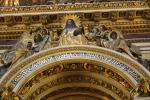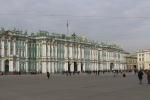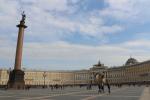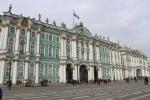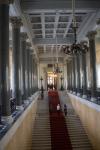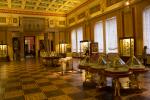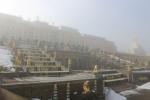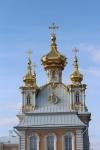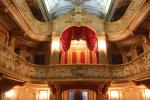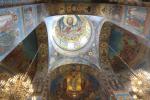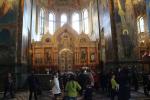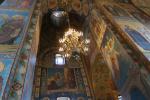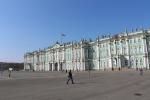St. Petersburg (Russia)
Saint Petersburg is situated on the Neva River, at the head of the Gulf of Finland on the Baltic Sea, it was founded by Tsar Peter the Great on 27 May 1703. During the periods 1713–1728 and 1732–1918, Saint Petersburg was the capital of Imperial Russia.
Saint Petersburg is often considered Russia's cultural capital. The Historic Centre of Saint Petersburg and Related Groups of Monuments constitute a UNESCO World Heritage Site. Saint Petersburg is home to the Hermitage, one of the largest art museums in the world.
The twenty closest neighbours in the database:
Moscow (Russia) (636 km), Stockholm (Sweden) (689 km), Lund (Sweden) (1,111 km), Malmö (Sweden) (1,127 km), Louisiana Museum of Modern Art (1,130 km), Rosenborg Castle (1,145 km), Christiansborg Palace (1,145 km), Frederiksborg Palace (1,145 km), Copenhagen (Denmark) (1,146 km), Viking Ship Museum Roskilde (1,173 km), Dnipropetrovsk (Ukraine) (1,312 km), Stasi Prison Hohenschönhausen (1,316 km), Museum Island Berlin (1,323 km), Koldinghus Castle (1,323 km), Reichstag Berlin (1,324 km), Berlin (Germany) (1,324 km), Schwerin (Germany) (1,338 km), Spreewald (1,347 km), Potsdam (Germany) (1,349 km), Lübeck (Germany) (1,360 km)










